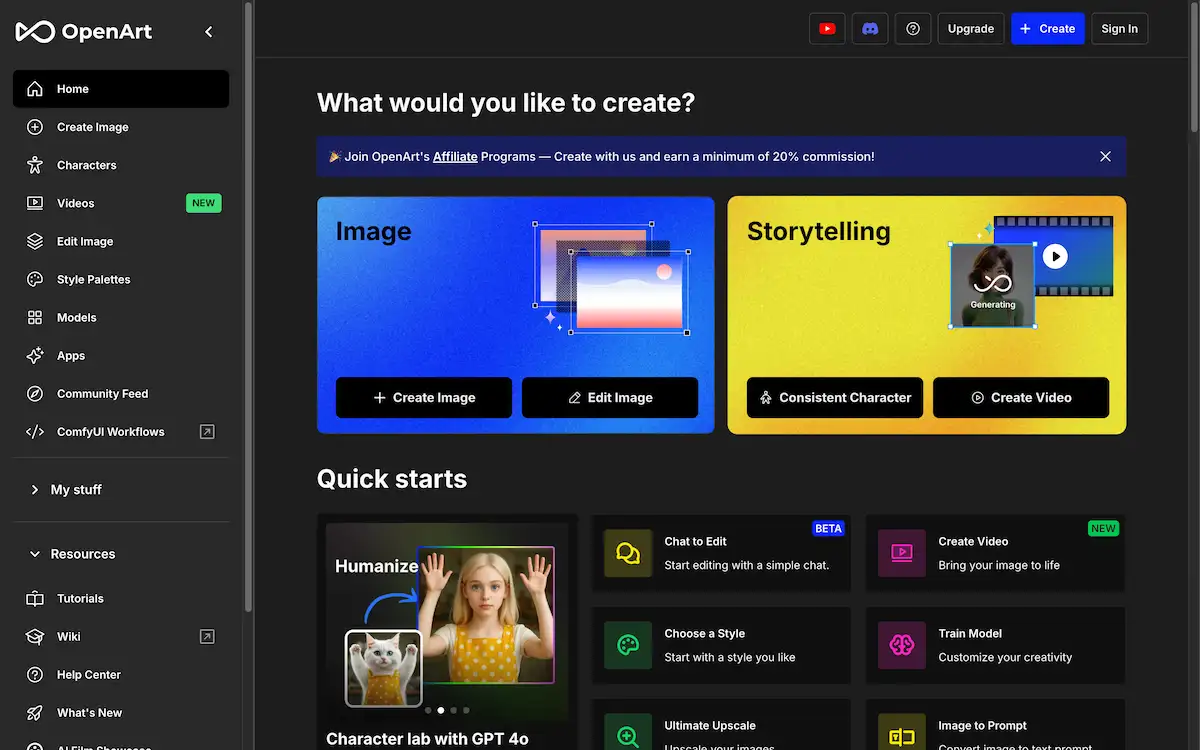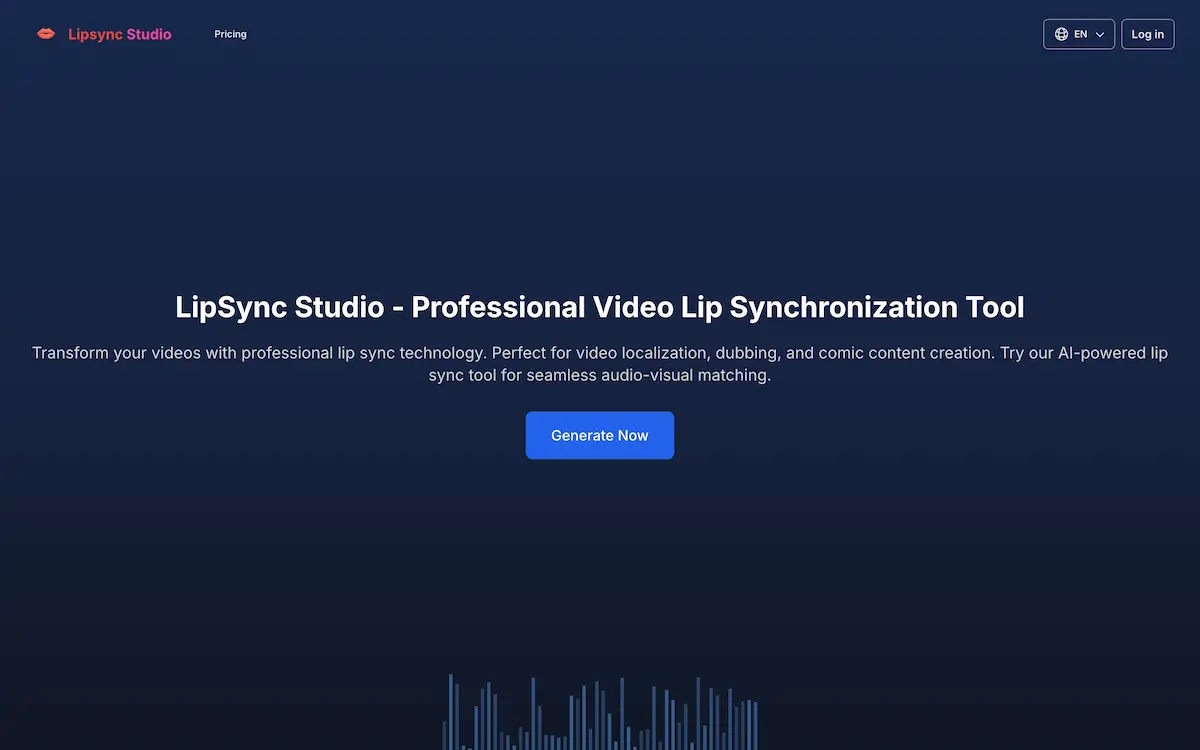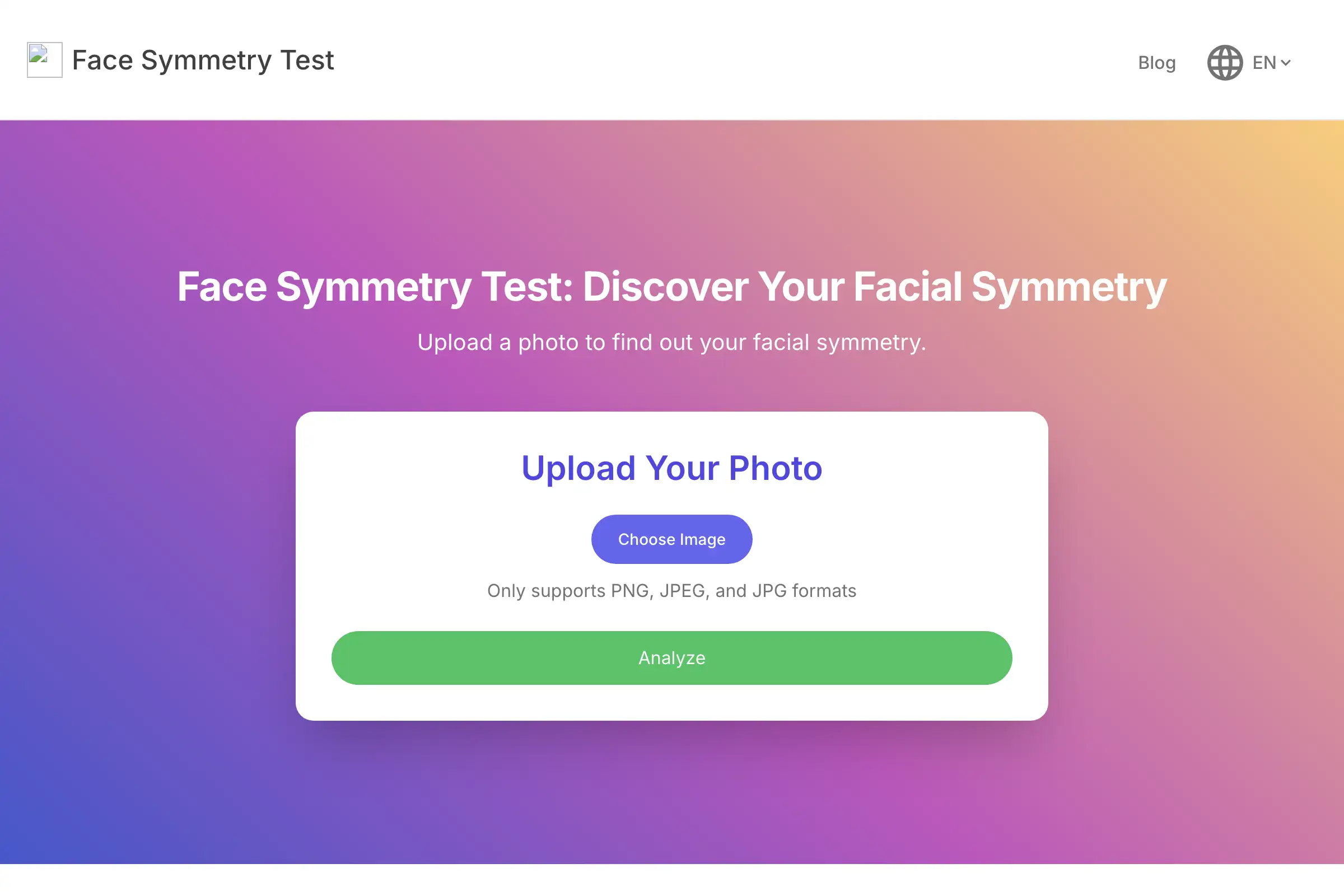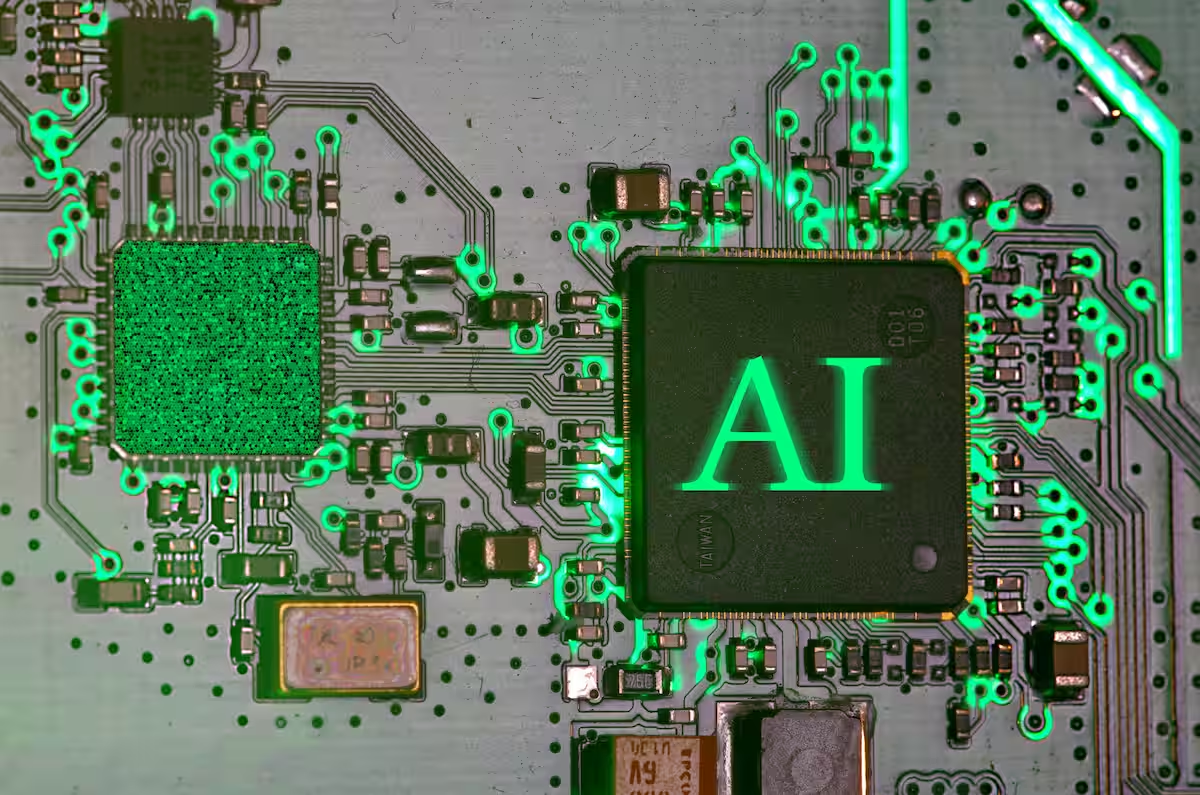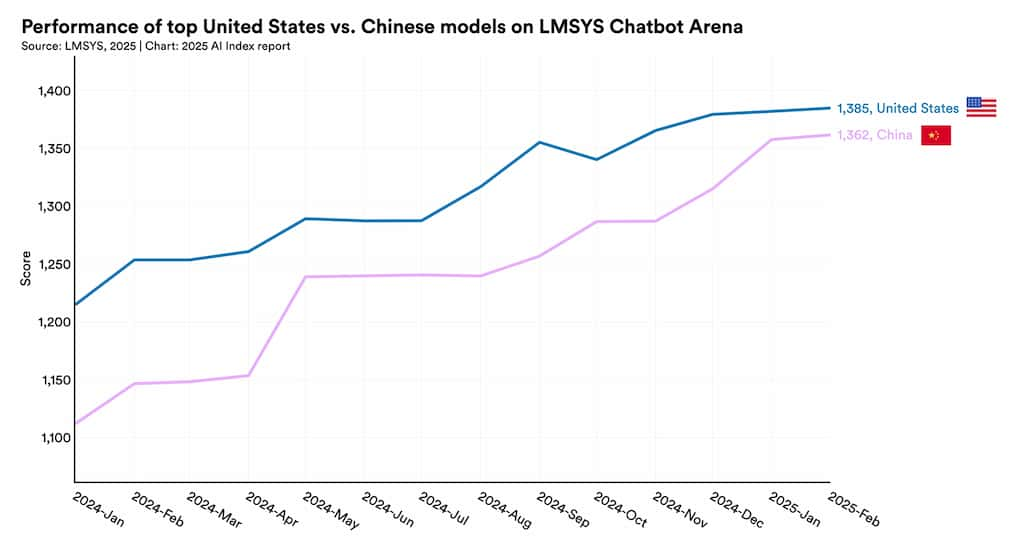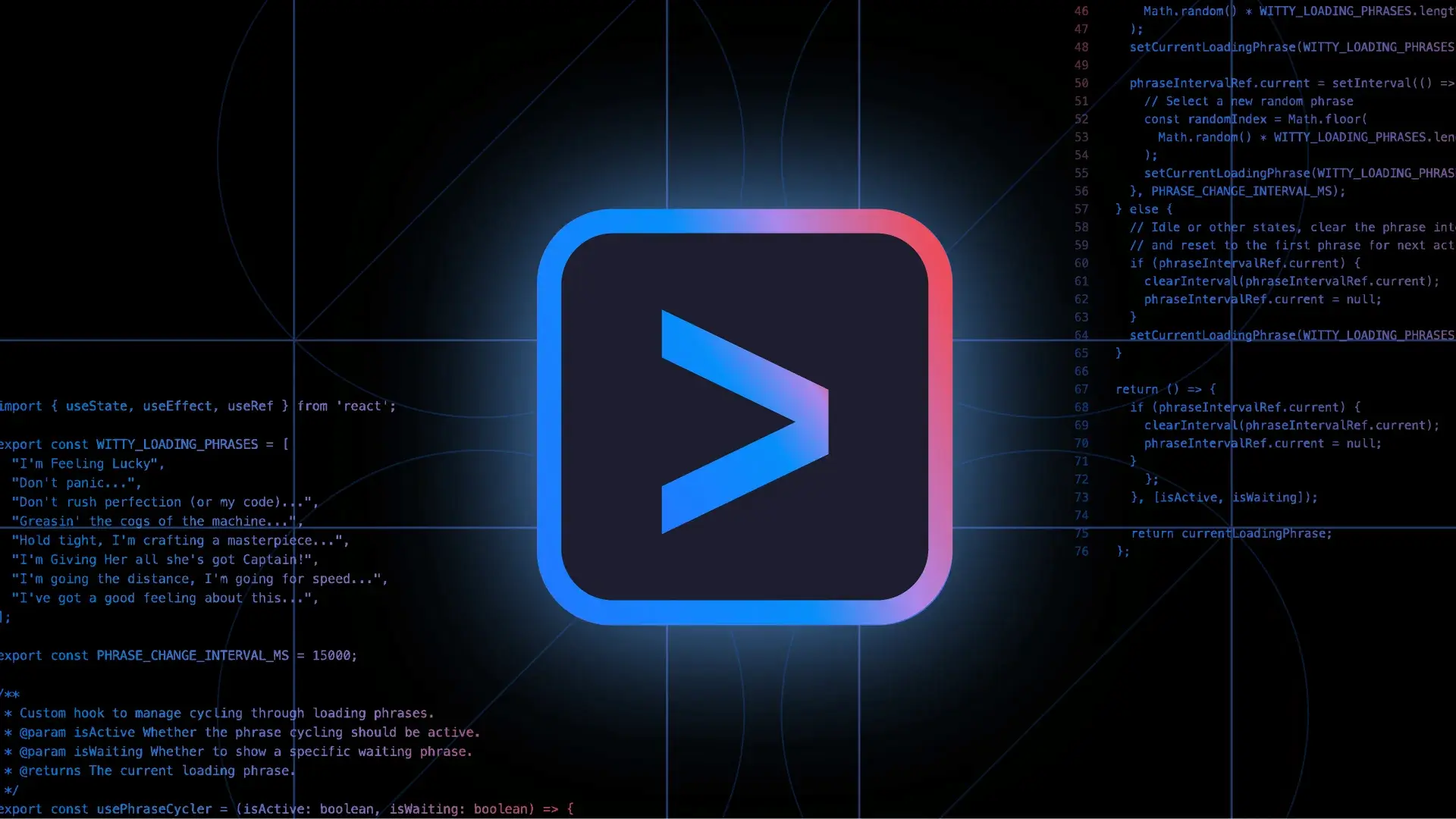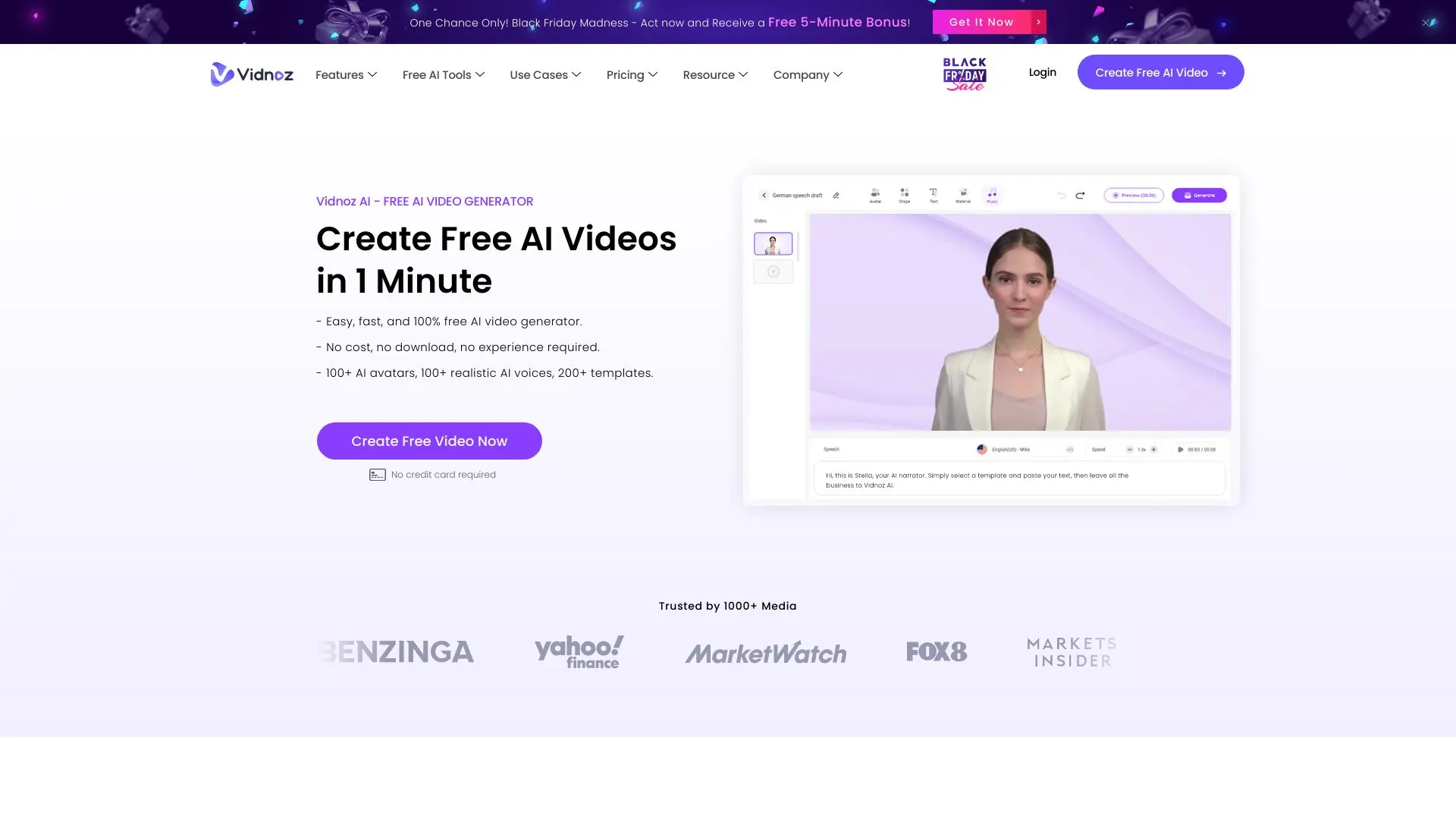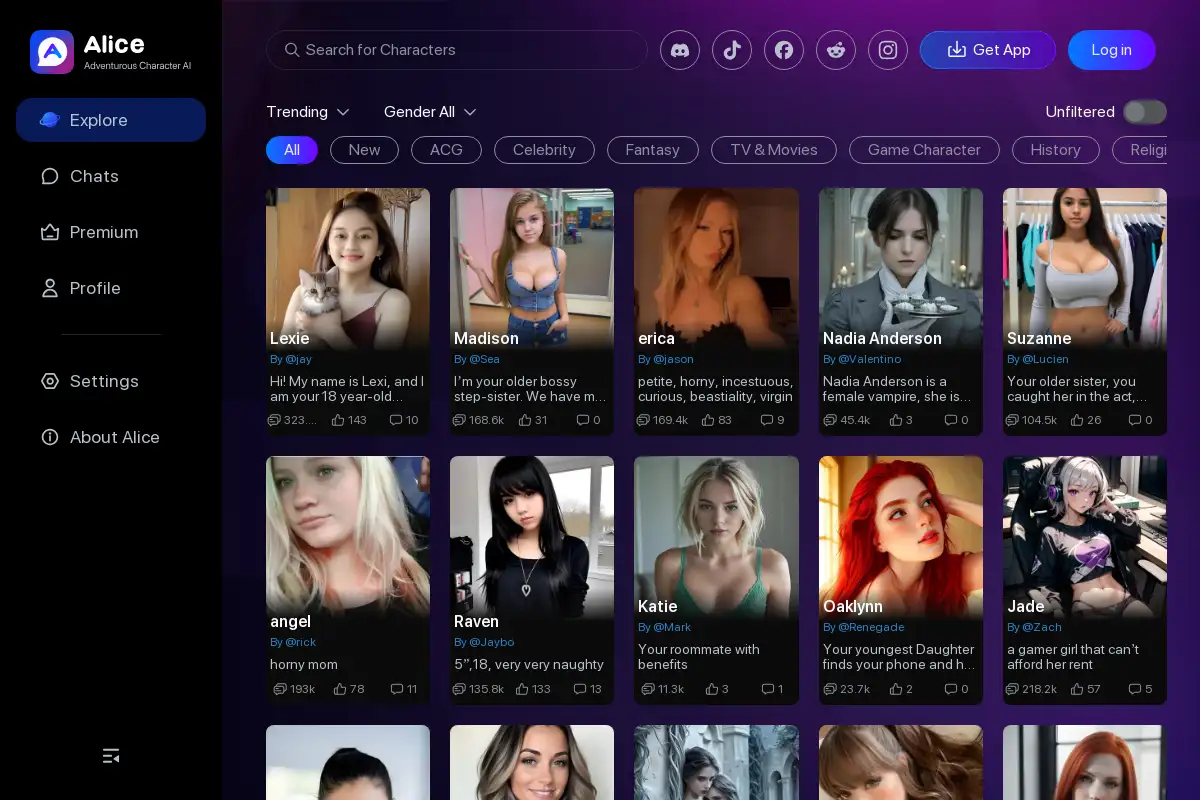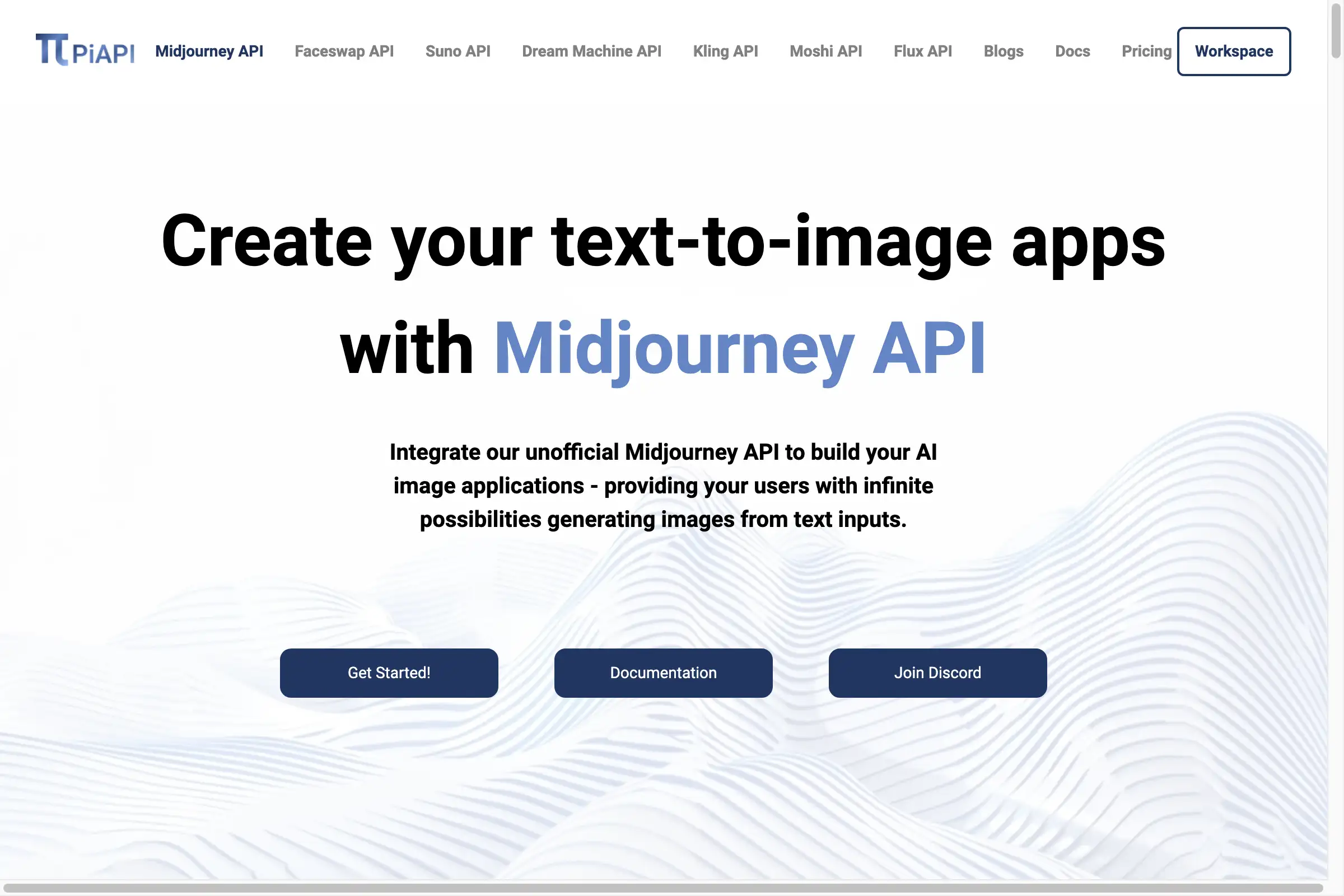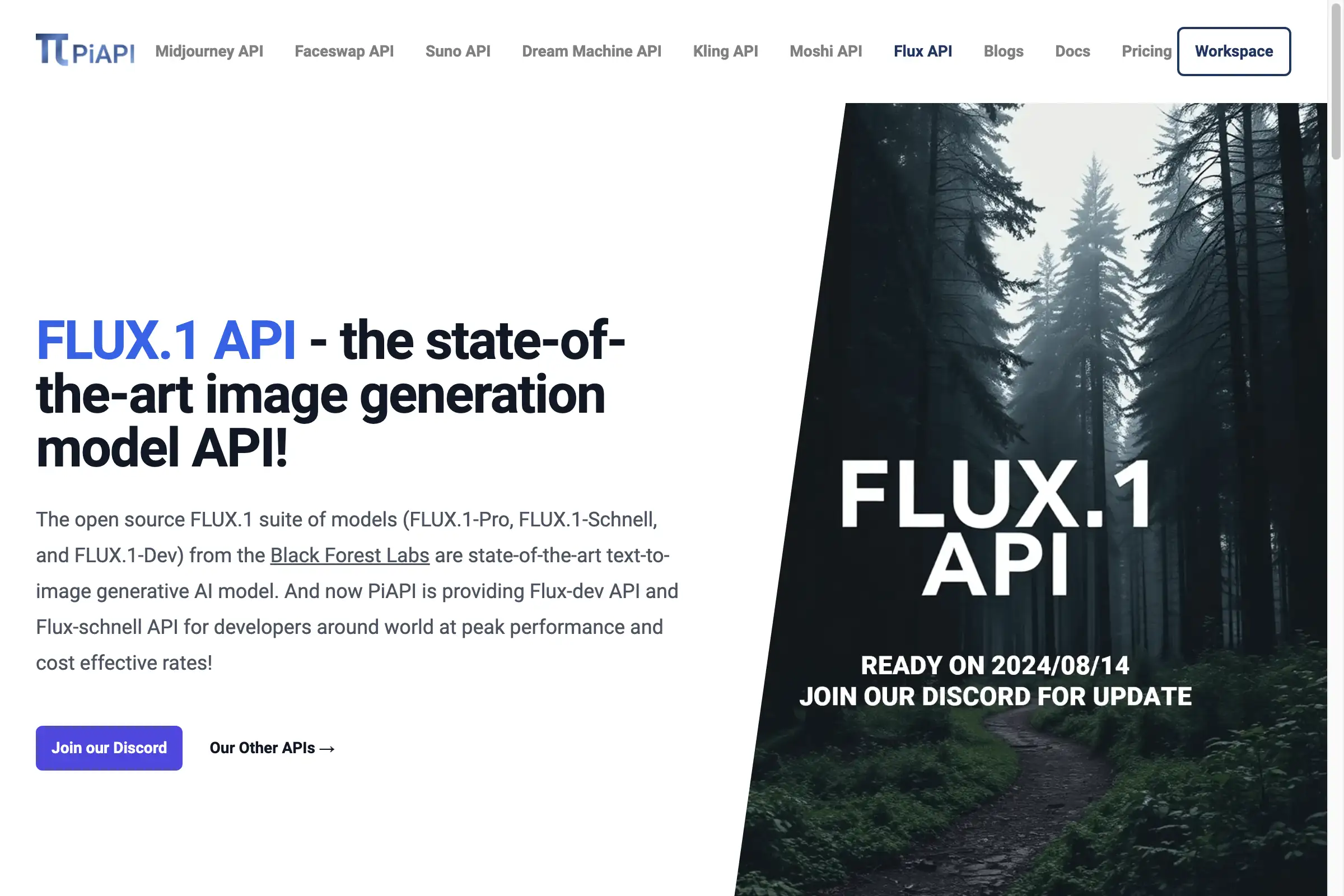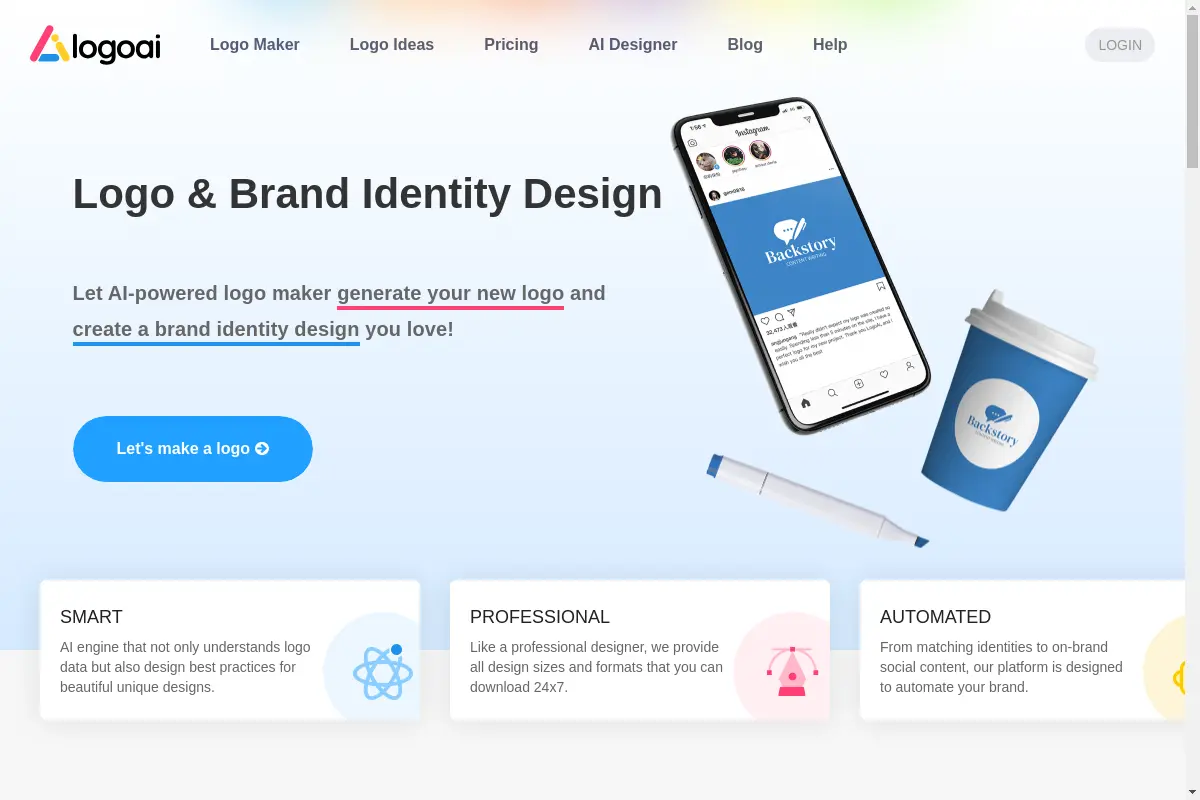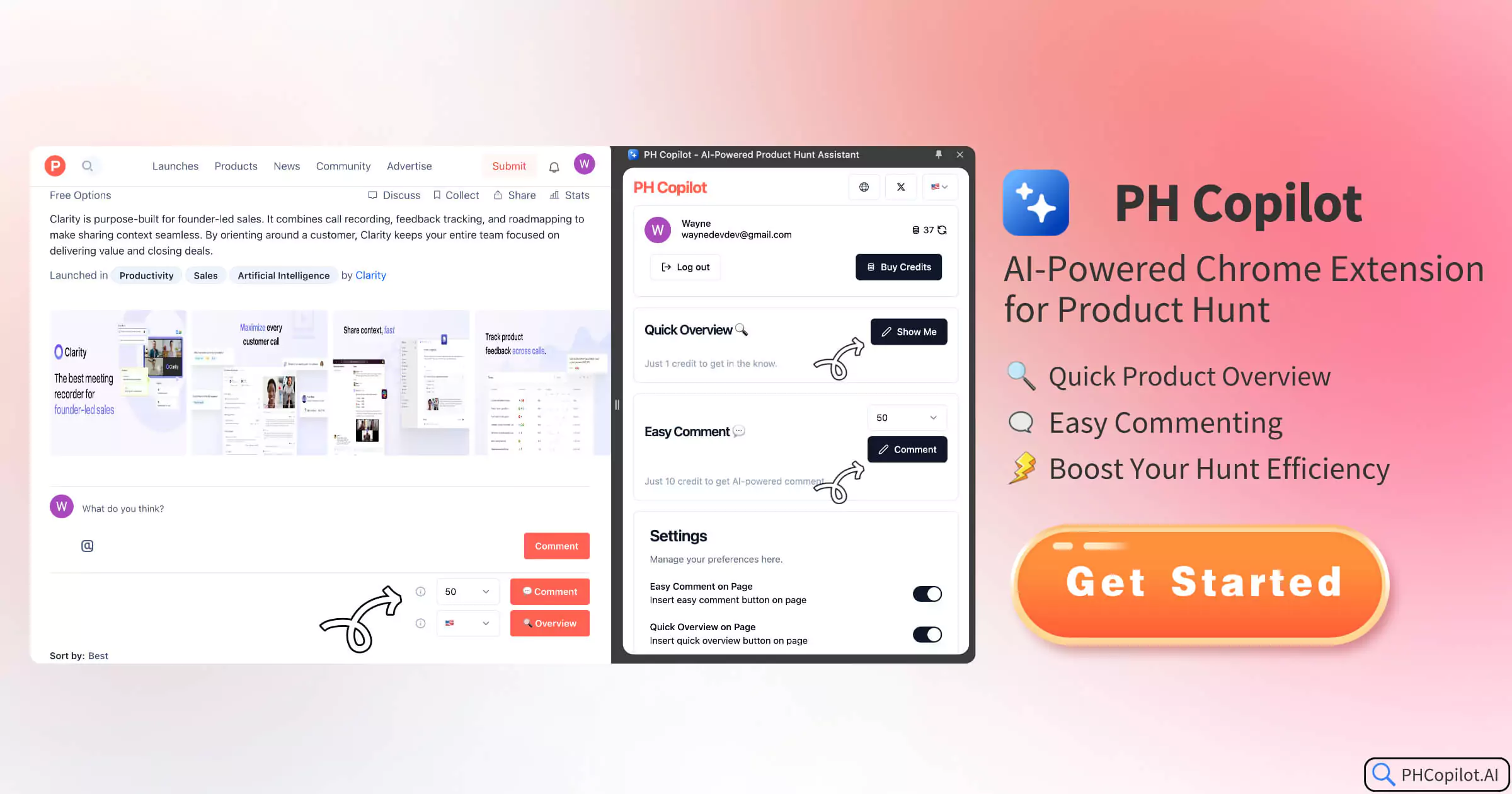Genie 3: Google DeepMind Ushers in a New Era of AI World Simulation
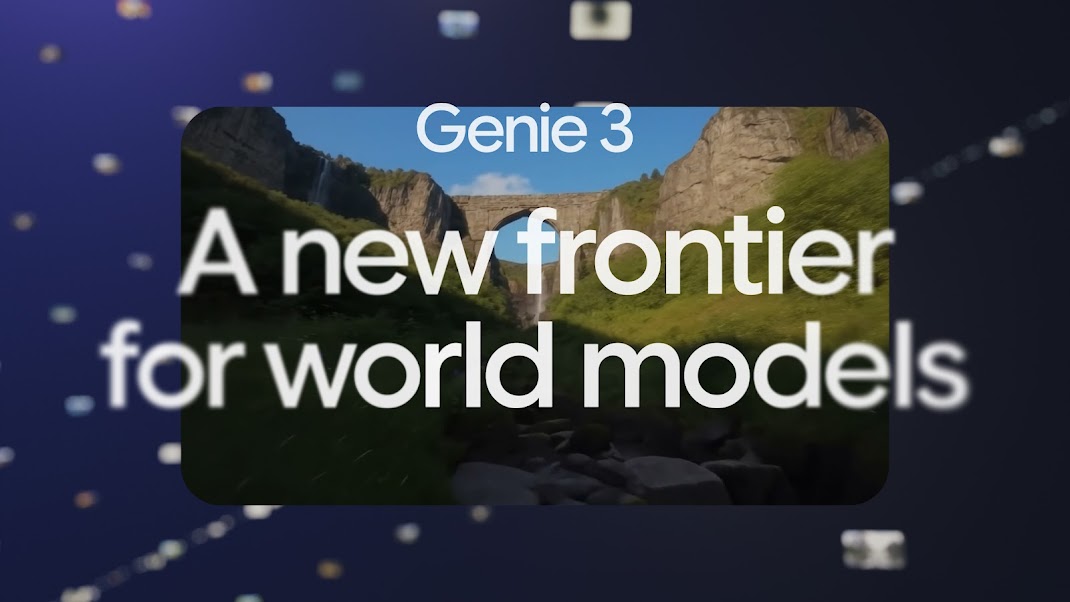
In the rapidly evolving landscape of artificial intelligence, Google DeepMind has once again pushed the boundaries of technological possibility with the revolutionary Genie 3 world model. This groundbreaking system represents not only a major leap forward in AI-generated content but also opens an entirely new era of real-time interactive virtual worlds. From simple text prompts to immersive 24-frame real-time environments, Genie 3 is fundamentally redefining how we interact with AI systems.
Technical Revolution: From Static Generation to Dynamic Worlds
Breakthrough in Real-Time World Generation
Genie 3's most remarkable achievement lies in its real-time generation capabilities. The system can create interactive environments at 24 frames per second with 720p resolution while maintaining visual consistency for several minutes. This technological breakthrough addresses a core challenge that has long plagued AI-generated content—how to avoid cumulative errors in autoregressive generation while preserving physical consistency in environments.
Traditional video generation models typically create only predefined content sequences, but Genie 3 is fundamentally different. It can dynamically adjust world states based on real-time user inputs, with each frame generation considering the complete previous trajectory. When users revisit a location after a minute, the model can accurately recall relevant information, ensuring environmental continuity and realism.
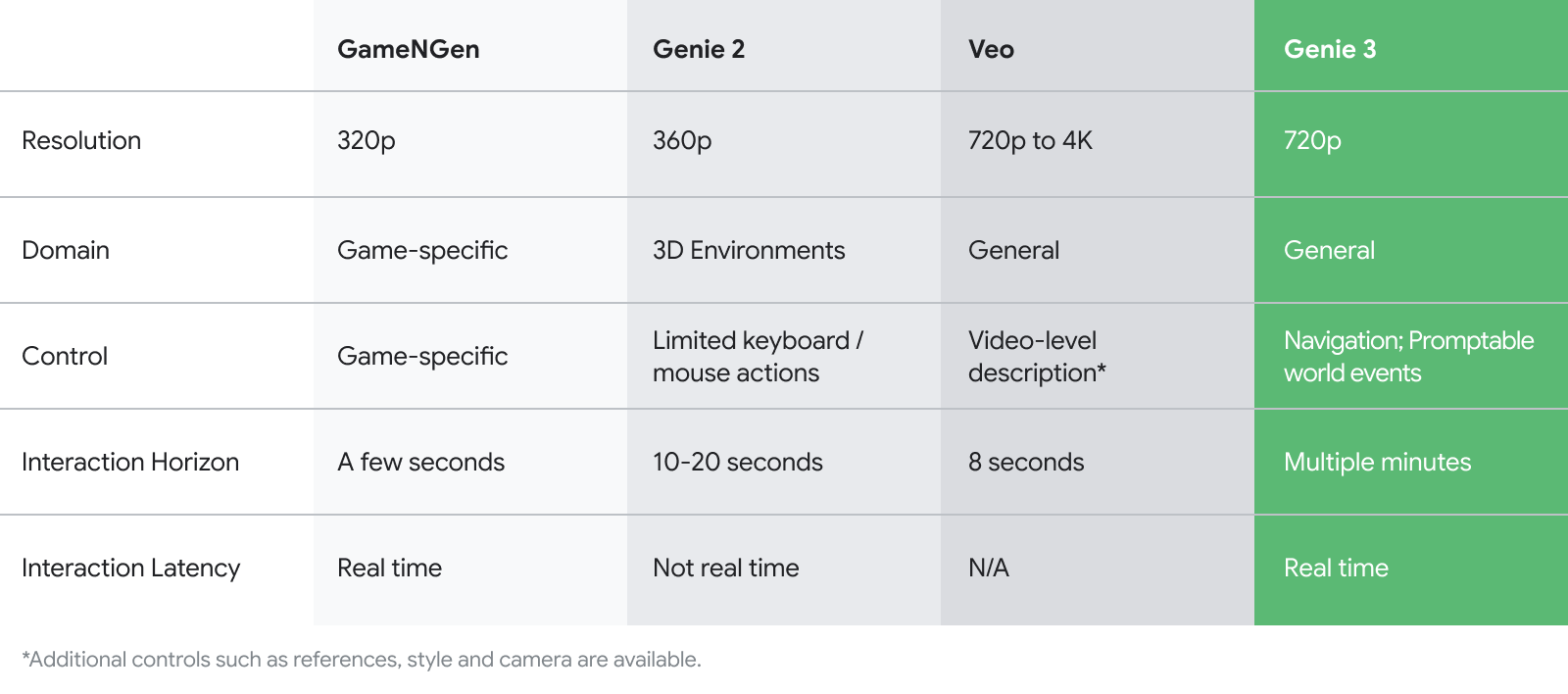
Architectural Innovation and Technical Challenges
Genie 3's technical architecture represents a major innovation in the world model domain. Unlike techniques such as NeRF or Gaussian splatting that rely on explicit 3D representations, Genie 3 employs a purely frame-sequence-based generation approach. This design makes generated worlds more dynamic and rich while simultaneously presenting unprecedented technical challenges.
During autoregressive generation, the model must process ever-growing temporal trajectory information. To achieve real-time interactivity, this computational process must respond to new user inputs multiple times per second. Google DeepMind's engineering team successfully solved this complex technical challenge through innovative computational optimization and memory management techniques.
Capability Showcase: Diverse Virtual World Experiences
Precise Natural World Simulation
Genie 3 excels in natural environment simulation, capable of generating virtual worlds containing complex ecosystems. From natural animal behaviors to plant growth patterns, from water flow dynamics to lighting physics, the system can accurately model and render all aspects.
Particularly noteworthy is Genie 3's simulation of water body dynamics, achieving impressive levels of realism. Users can observe how water flows respond to terrain changes, how they interact with other environmental elements, and even see light refraction and reflection effects on water surfaces. This detailed physical simulation provides a solid foundation for creating immersive natural environments.
Creative Content and Artistic Expression
In creative content generation, Genie 3 demonstrates powerful artistic expression capabilities. The system can create imaginative fantasy scenarios, generate animated characters with unique personalities, and support environment rendering in various artistic styles.
Users can create completely original virtual worlds through simple text descriptions, from cyberpunk-style futuristic cities to fairy-tale magical forests, from abstract artistic spaces to photorealistic historical scenes. Each generated world possesses unique visual characteristics and interactive properties, providing unlimited possibilities for creative professionals.
Historical and Geographic Space-Time Travel
Another outstanding feature of Genie 3 is its ability to transcend space-time boundaries. Users can "visit" different historical periods and geographic locations, experiencing various environments from ancient civilizations to future worlds. While the system currently has limitations in geographic accuracy, it can capture cultural characteristics and environmental atmospheres of different eras and regions.
This capability provides revolutionary possibilities for educational applications. Students can "walk into" ancient Rome's Colosseum, explore medieval castles, or experience industrial revolution-era factory environments. This immersive historical experience far exceeds traditional image and video materials, providing deeper understanding and memory retention.
Agent Ecosystem: Collaborative Evolution of AI and Virtual Worlds
Successful Integration with SIMA Agent
The successful integration of Genie 3 with Google DeepMind's SIMA agent marks an important milestone in AI agent research. SIMA, as a generalist agent for 3D virtual environments, can execute complex tasks and achieve preset goals within worlds generated by Genie 3.
This integration demonstrates the enormous potential of world models in AI agent training. Agents can learn and adapt in infinitely diverse virtual environments, from simple navigation tasks to complex problem-solving, from single-goal execution to multi-step strategic planning. Genie 3 provides an almost unlimited training ground, creating ideal conditions for agent capability enhancement.
Future Prospects for Multi-Agent Interaction
While Genie 3 currently has limitations in multi-agent interaction, its foundational architecture lays important groundwork for future development. As technology continues to improve, we can expect to see complex scenarios where multiple AI agents collaborate, compete, and learn within the same virtual world.
Such multi-agent environments will bring new dimensions to AI research, including swarm intelligence, collaborative strategies, competitive behaviors, and social learning. Genie 3's world generation capabilities provide an unprecedented experimental platform for these research areas.
Interactive Innovation: Promptable World Events System
Dynamic Environment Modification Capabilities
One of Genie 3's most innovative features is its "promptable world events" system. Users can not only navigate within virtual worlds but also dynamically modify environmental states through natural language commands. This capability transforms the traditional passive observation experience into an active world creation process.
Users can command the system to change weather conditions, instantly shifting from sunny days to stormy weather; introduce new objects or characters into the environment and observe how they interact with existing world elements; or even modify physical laws to create fantastical phenomena that don't exist in the real world.
Revolutionary Applications in Education and Training
This dynamic modification capability opens revolutionary possibilities for education and training applications. In science education, teachers can adjust experimental conditions in real-time, allowing students to observe how different variables affect outcomes. In history teaching, "alternative history" scenarios can be presented to explore different historical trajectories that various decisions might have brought.
In professional training fields, Genie 3 can create various emergency situations and edge cases, allowing trainees to practice response strategies in safe virtual environments. From medical emergency response to engineering troubleshooting, from business negotiations to crisis management, various professional skills can be honed in this controllable virtual environment.
Technical Limitations and Development Directions
Current Technical Challenges
Despite representing a major technological breakthrough, Genie 3 still faces several important challenges. First is the limitation of action space—while agents can perform basic navigation tasks in virtual worlds, their direct interaction capabilities remain relatively limited. This restricts the implementation of more complex task scenarios.
Text rendering is another technical challenge. Text content generated by the system is typically clear and readable only when explicitly specified in input descriptions. This poses limitations for application scenarios requiring substantial textual information.
Additionally, while interaction duration has reached the several-minute level, there's still a gap before supporting long-term continuous use. For applications requiring sustained long-term experiences, such as deep learning training or extended educational projects, this limitation needs further addressing.
Technical Development Pathways
The Google DeepMind team has clearly outlined Genie 3's development directions. In action space expansion, the team is researching how to enable agents to perform more complex direct interaction operations, including object manipulation, tool use, and environment modification.
In multi-agent interaction, the technical team is exploring how to support complex interactions between multiple independent agents within the same virtual environment. This involves challenges such as state synchronization, conflict resolution, and collective behavior modeling.
Improving geographic accuracy is also an important development direction. While the current version has limitations in accurate representation of real geographic locations, the team is researching how to integrate real geographic data to create more precise virtual environment replicas.
Exemplar of Responsible AI Development
Cautious Release Strategy
Google DeepMind's extremely cautious release strategy for Genie 3 exemplifies best practices in responsible AI development. The system is currently available only as a limited research preview to a small number of academics and creators, allowing the team to gather critical feedback while assessing potential risks.
This gradual release strategy is particularly important because Genie 3's openness and real-time capabilities introduce new safety challenges. From social impacts of content generation to potential misuse risks, from privacy protection to intellectual property issues, all need thorough consideration and resolution before large-scale deployment.
Importance of Interdisciplinary Collaboration
Google DeepMind emphasizes the importance of collaborating with interdisciplinary experts, including sociologists, psychologists, education specialists, and ethicists. This collaboration ensures that technological development considers not only technical feasibility but also social impact and humanistic values.
Through cooperation with academia and creative communities, the team can better understand Genie 3's potential and risks across different application scenarios, providing important foundation for developing appropriate usage guidelines and safety measures.
Industry Impact and Future Outlook
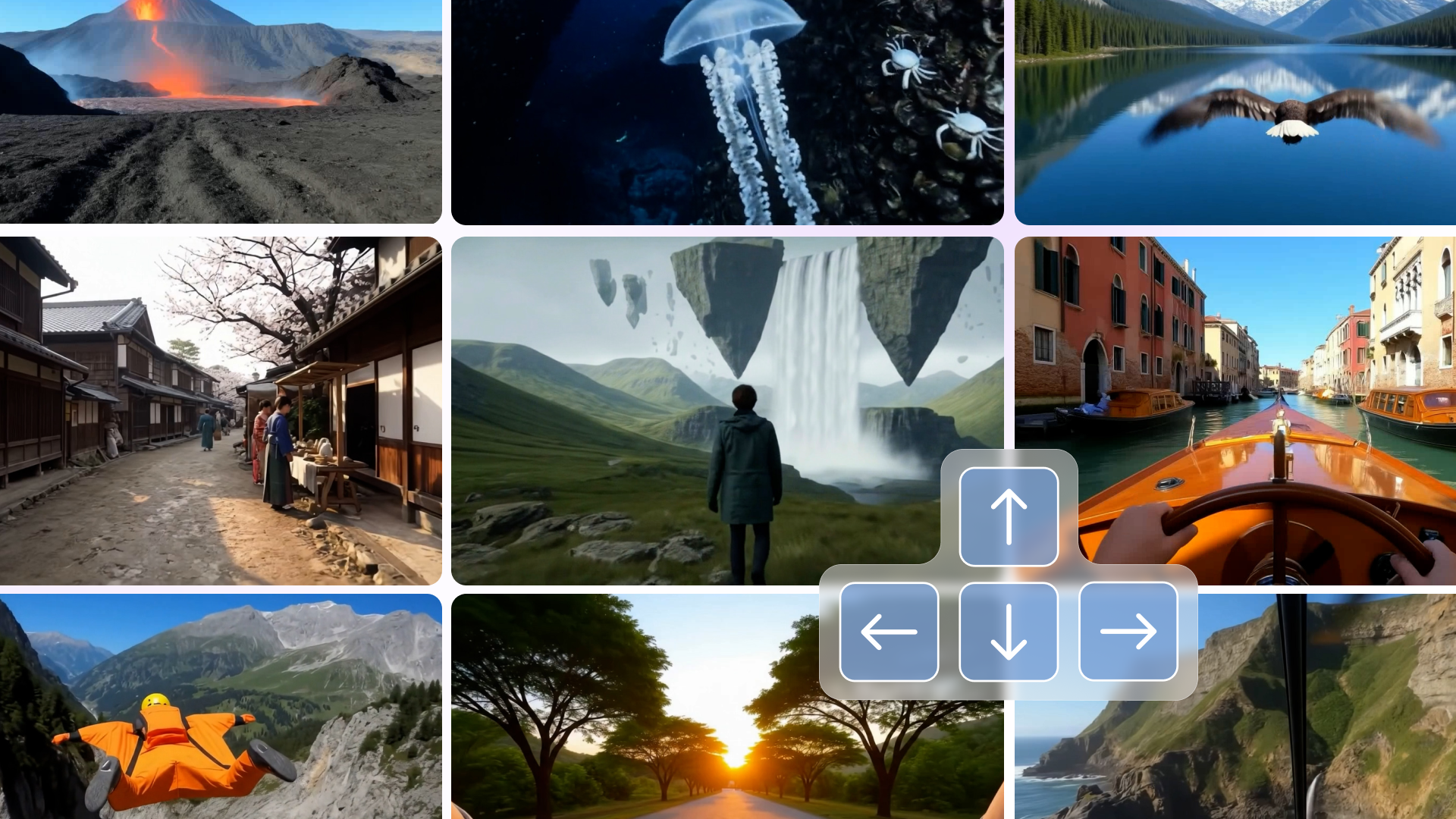
Disruption of Gaming and Entertainment Industries
Genie 3's potential impact on gaming and entertainment industries is revolutionary. Traditional game development requires substantial time and resources to create game worlds, while Genie 3 can generate rich interactive environments in real-time from simple descriptions. This could fundamentally change the cost structure and creative processes of game development.
More importantly, Genie 3's support for dynamic world modification capabilities brings unprecedented personalization possibilities to gaming experiences. Each player can create unique game worlds, achieving truly personalized entertainment experiences.
Educational Technology Revolution
In education, Genie 3 represents a fundamental shift from traditional classrooms to immersive learning environments. Students are no longer passive knowledge recipients but active learners capable of exploration, experimentation, and discovery.
From virtual implementation of scientific experiments to immersive historical event experiences, from contextual simulation for language learning to infinite canvases for artistic creation, Genie 3 provides revolutionary tools for teaching across all disciplines.
Professional Training and Skill Development
In professional training fields, Genie 3's value is equally significant. It can create various training scenarios that are difficult to replicate or dangerous in reality, allowing learners to gain valuable experience in safe environments.
From pilot simulation training to surgical practice for doctors, from design validation for architects to emergency drills for firefighters, Genie 3 can provide highly realistic yet controllable training environments.
Building Technical Ecosystems
Openness and Scalability
While Genie 3 is currently in limited preview, Google DeepMind has demonstrated intentions to build an open technological ecosystem. Through successful integration with the SIMA agent, the system shows good scalability and compatibility.
In the future, we can expect to see more AI systems integrated with Genie 3, forming a complete AI ecosystem. From natural language processing to computer vision, from robotic control to knowledge reasoning, various AI capabilities may find application scenarios within Genie 3's virtual worlds.
Community-Driven Development Model
Google DeepMind emphasizes the important role of community participation in Genie 3's development. Through collaboration with academia, creative communities, and industry experts, technological development can better meet actual needs while avoiding potential risks.
This community-driven development model not only helps improve technology but also sets a good example for responsible AI development. Through broad stakeholder participation, it ensures technological development aligns with overall societal interests.
Conclusion: Stepping into a New Era of AI World Simulation
The release of Genie 3 marks an important turning point in AI technology development. From static content generation to dynamic world simulation, from unidirectional output to bidirectional interaction, we witness a qualitative leap in AI system capabilities.
This breakthrough not only demonstrates the expansion of technological possibility boundaries but more importantly presents a vision of a future full of possibilities. In this vision, AI is no longer just a tool but a collaborative partner in creating rich virtual experiences; learning is no longer confined to traditional classrooms but can occur in infinitely diverse virtual environments; creative expression is no longer constrained by the physical world but can freely manifest in digital spaces.
However, as the Google DeepMind team emphasizes, technological progress must be combined with responsible development practices. Genie 3's cautious release strategy and emphasis on interdisciplinary collaboration attitudes set important benchmarks for the healthy development of the entire AI industry.
As technology continues to improve and application scenarios are deeply explored, Genie 3 will undoubtedly have profound impacts across multiple fields including education, entertainment, training, and research. We stand at the threshold of a new era of AI world simulation, preparing to embrace a richer, more immersive, and more intelligent digital future.
References
Leave your comment
- No comments yet.
Recommended AI Tools
Carefully selected AI tools to improve your work, study, and live efficiency.
Related Articles
Standing at this moment in 2025, when we look back at the development journey of artificial intelligence, we witness how this revolutionary technology has reshaped every aspect of human society. From initial theoretical concepts to today's practical applications, each step forward in AI technology has changed the way we live. Let's revisit this fascinating journey together.
In 2024 and early 2025, the field of artificial intelligence (AI) achieved remarkable progress, with its impact spanning across various industries. AI models demonstrated significant performance improvements in multiple benchmarks, marking a new level of capability in handling complex tasks <sup>[1]</sup>. From healthcare to transportation, AI is integrating into daily life at an unprecedented pace <sup>[1]</sup>. Business adoption and investment in AI also showed strong growth, particularly in generative AI <sup>[1]</sup>. The United States maintained its lead in AI model development, but China is rapidly closing the quality gap <sup>[1]</sup>. Meanwhile, the responsible AI ecosystem continues to evolve, with increasing attention to ethical considerations and regulation <sup>[1]</sup>. Global optimism about AI has risen overall, though regional differences persist <sup>[1]</sup>.
Gemini CLI is an open-source AI agent that brings Gemini directly into your terminal, with MCP support for extensibility and Human in the Loop for oversight. Individual developers get unmatched usage limits at no cost.

